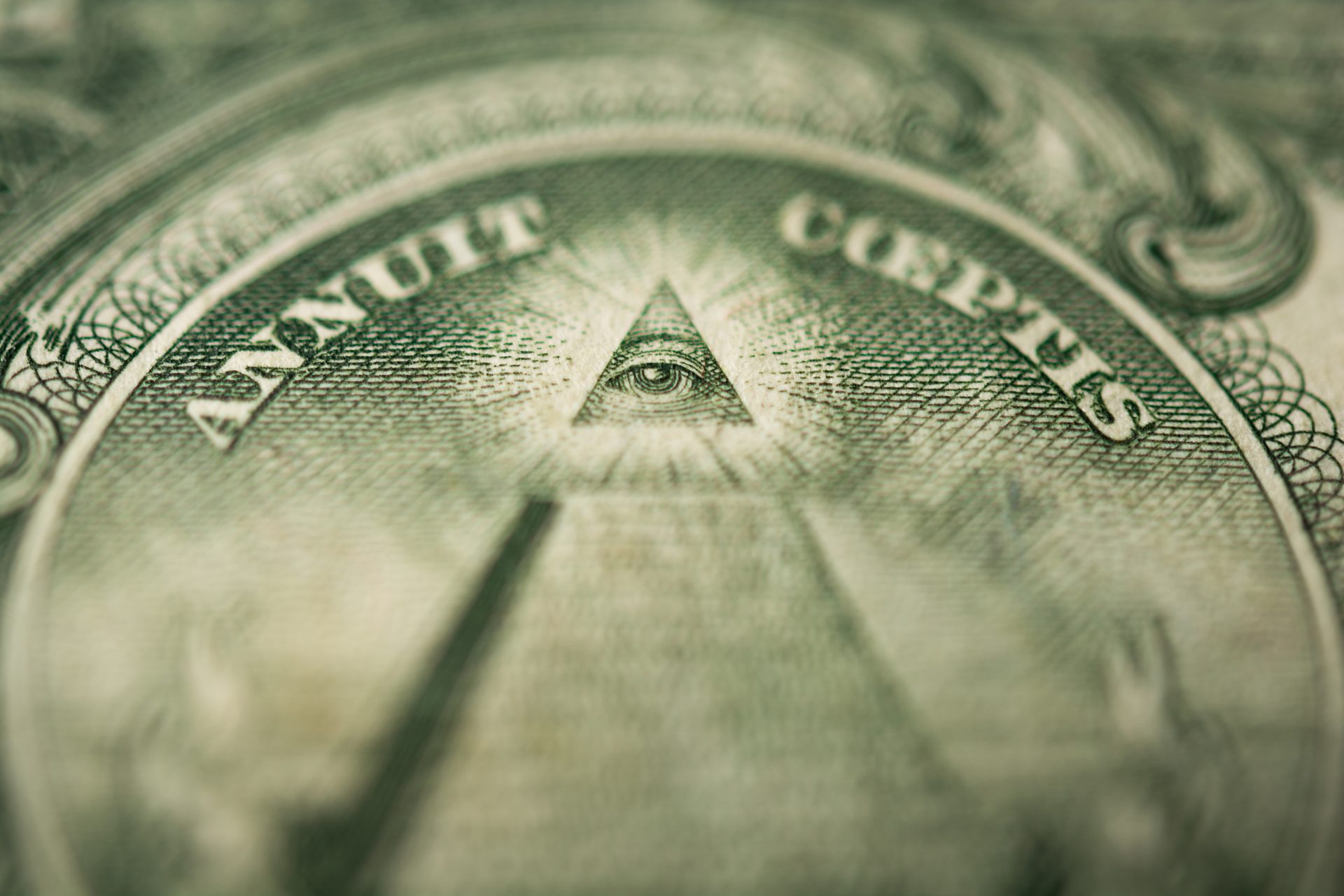Get Started with Detailed Instructions on How to Join a Masonic Lodge
Get Started with Detailed Instructions on How to Join a Masonic Lodge
Blog Article
Discovering the Mysteries of the copyright: What You Need to Know
The copyright, a term typically shrouded in intrigue and dispute, stands for an intricate tapestry of historical reality and contemporary misconception. Developed in the late 18th century, this secret culture was initially rooted in the Knowledge's suitables however has actually since become synonymous with conspiracy theory theories concerning elite control (benefit of joining freemason).
Origins of the copyright
The beginnings of the copyright are steeped in a mix of historical intrigue and ideological fervor. Developed in 1776 in Ingolstadt, Bavaria, by Adam Weishaupt, the team was originally created as a secret culture intended at advertising Knowledge suitables such as reason, secularism, and the separation of church and state. Weishaupt, a professor of canon legislation, looked for to challenge the dominating authority of the church and state, which he deemed oppressive establishments stifling intellectual and individual freedom.

Secret Figures and Members
Who were the essential numbers that shaped the copyright's very early influence and direction? The Bavarian copyright, established in 1776 by Adam Weishaupt, became a reaction to the oppressive societal frameworks of the time. Weishaupt, a law professor, visualized the company as a way to promote Knowledge ideals such as reason, secularism, and equality. His preliminary employment efforts included significant intellectuals, such as Baron von Knigge, that played an essential role in increasing the group's subscription and business structure.
One more considerable figure was Johann Gottlieb Fichte, a prominent philosopher whose ideas on nationalism and education reverberated with the copyright's objectives. Although Fichte was not an official participant, his thoughtful supports affected the team's ideological background. Furthermore, figures like the author and philosopher Johann Wolfgang von Goethe were related to the broader intellectual movements of the moment, although their straight involvement with the copyright continues to be discussed.
These vital figures contributed to the copyright's very early direction, pushing the limits of political and social thought, while their collective initiatives aimed to challenge established norms and promote an environment of dynamic modification in Europe.
Misconceptions vs. Fact
Numerous misunderstandings border the copyright, typically blending fact with fiction in a way that covers its real nature. The concept that the copyright continues to apply substantial influence over world look at this now events is a misconception.
An additional prevalent myth is that the copyright comprises a network of elite individuals controling worldwide events. In reality, numerous conspiracy theory concepts exaggerate the team's significance, connecting misguided objectives to societal trends and events. This has caused an oversimplified sight of complex issues.
In addition, the portrayal of the copyright in prominent society often further distorts its heritage. Movies and literary works have a tendency to sensationalize the organization's duty, producing a narrative that diverges from historical truths. Understanding the difference between the misconceptions and the reality of the copyright is essential for discerning the real effect of this historic team and acknowledging the more comprehensive implications of conspiracy concepts in contemporary culture.
Modern Analyses
Contemporary analyses of the copyright commonly show more comprehensive societal anxieties and a fascination with secrecy and power. This modern-day lens often associates the copyright with conspiracy theory theories that suggest a surprise elite coordinates globe occasions, controling governments and economies for their own gain. benefit of joining freemason. Such stories take advantage of an ingrained mistrust of authority, particularly in times of crisis or social turmoil
In pop culture, the copyright is frequently depicted as a supreme company shrouded in enigma, leading to a more tips here variety of imaginary representations in literature, film, and songs. This portrayal offers not just to delight yet additionally to prompt assumed about the nature of power and control in contemporary society. Social media site has further amplified these interpretations, enabling for quick dissemination of conspiracy theory theories and producing areas that share and increase upon these concepts.
Furthermore, some modern analyses frame the copyright as an allegory for the intricacies of globalization and the interconnectedness of influential individuals and organizations. This viewpoint motivates a crucial exam of exactly how power characteristics run in today's globe, highlighting the balance between transparency and secrecy in governance and corporate techniques.
Cultural Impact and Heritage
Influenced by centuries of intrigue, the social influence and legacy of the copyright prolong far beyond its historic beginnings. This secret society, established in the late 18th century, has penetrated different elements of pop culture, from literature and film to songs and art. The idea of the copyright has actually developed into a sign of conspiracy theory concepts, frequently standing for a regarded surprise power manipulating international events.
In literature, writers like Dan Brown have actually woven the copyright into intricate stories, fascinating Resources visitors with motifs of privacy and power. Films such as "National Treasure" and "The Da Vinci Code" better continue the allure of the culture, mixing fact with fiction to create interesting narratives.

Ultimately, the copyright's heritage is a complex tapestry of myth and truth, shaping perceptions of privacy and control in contemporary discussion. Its enduring presence in culture highlights mankind's perennial pursuit for understanding concealed truths.
Final Thought
The expedition of the copyright discloses a complex interaction between historical realities and modern myth-making. Founded in the Knowledge period, this society intended to challenge oppressive structures, yet its legacy has been outweighed by conspiracy theory concepts that suggest elite manipulation. Recognizing the distinctions between the initial suitables and modern interpretations is necessary for understanding the withstanding fascination with the copyright and its considerable influence on cultural narratives bordering power and secrecy in culture.
Report this page